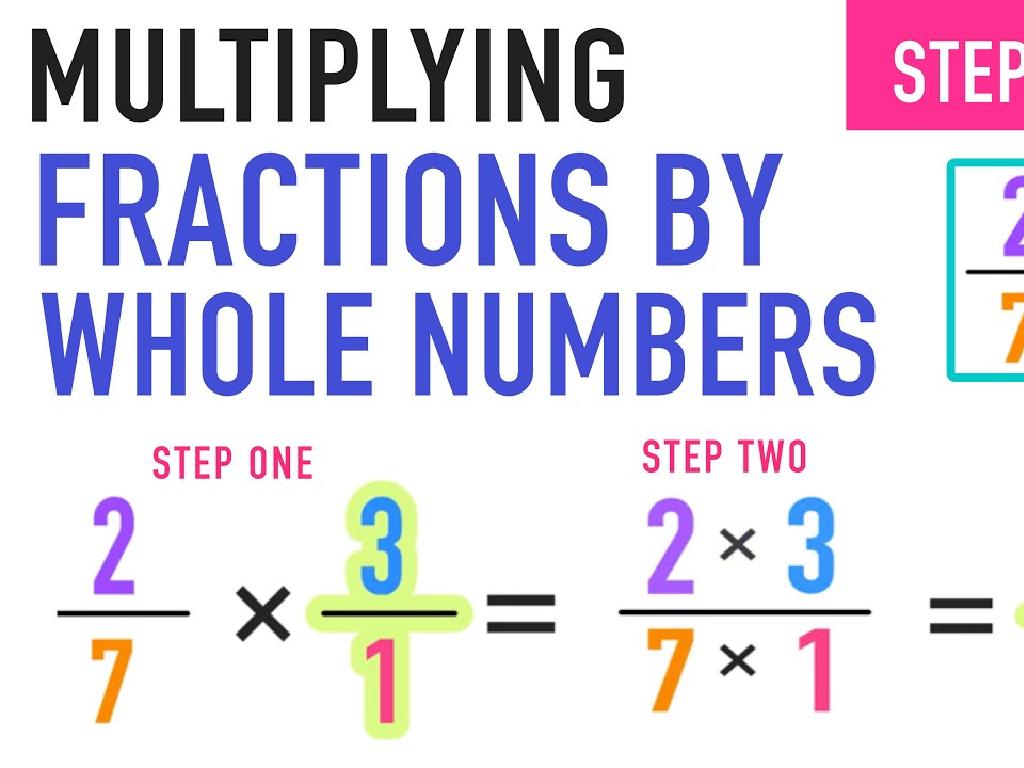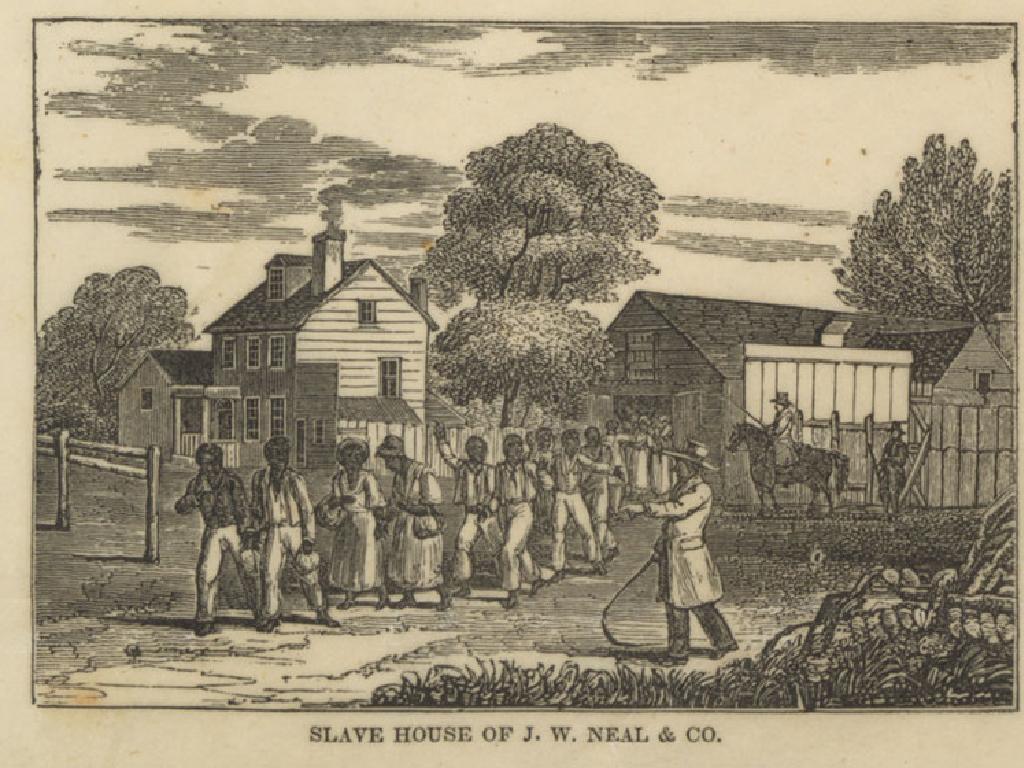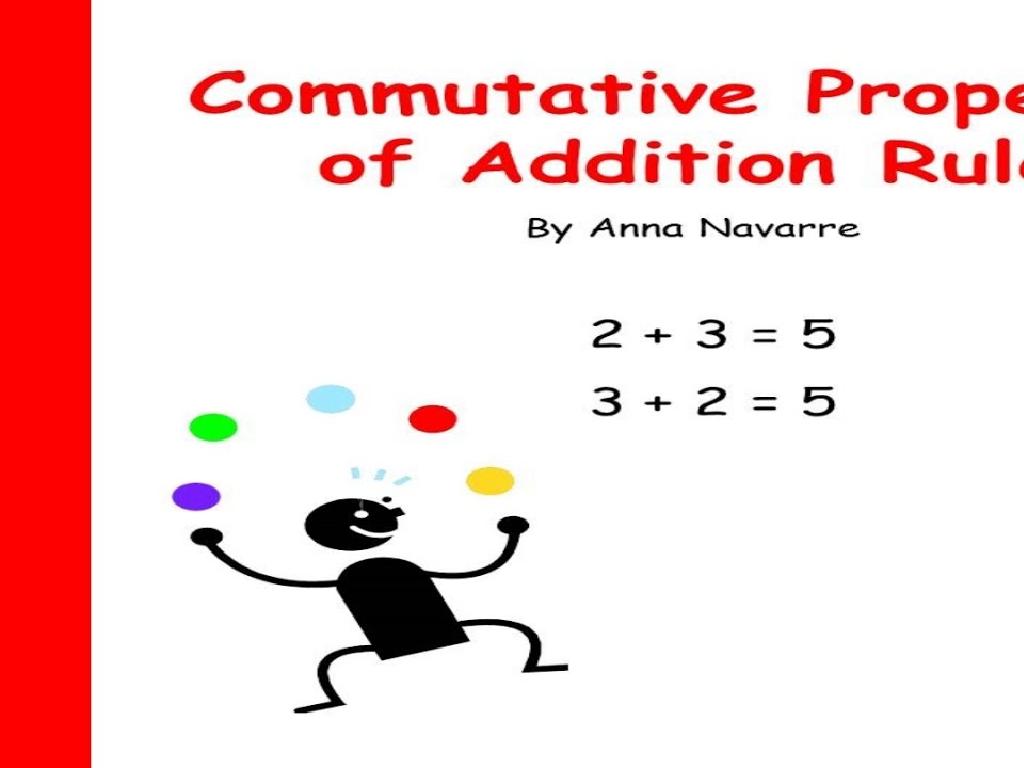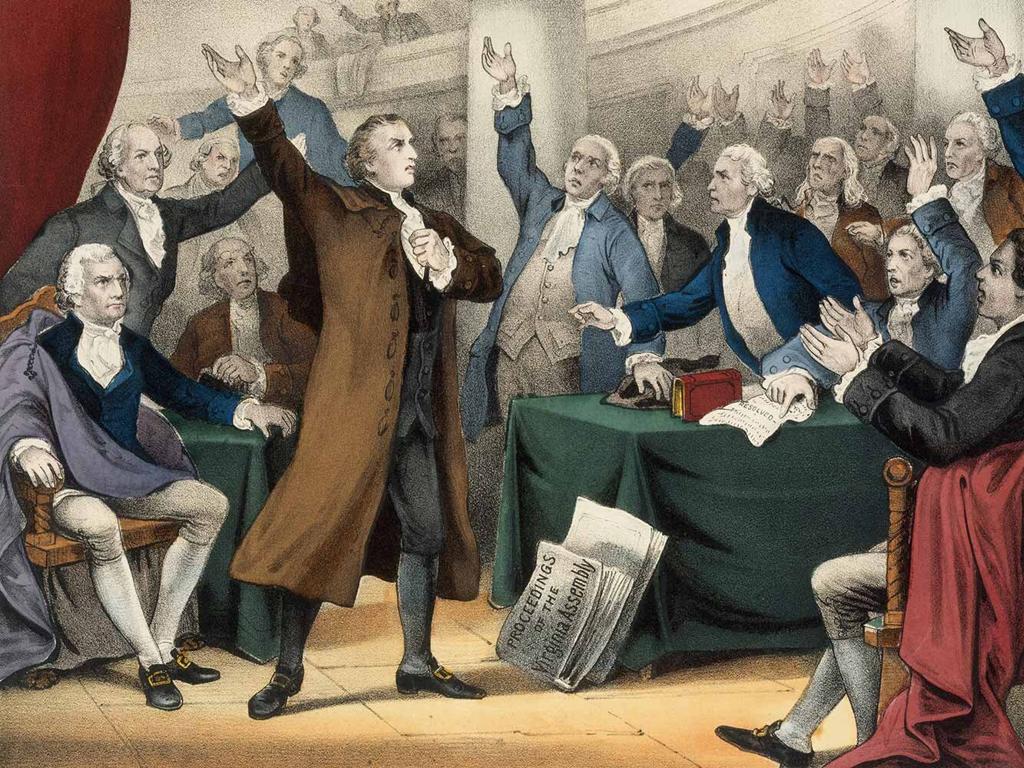Write And Solve Equations That Represent Diagrams
Subject: Math
Grade: Seventh grade
Topic: One-Variable Equations
Please LOG IN to download the presentation. Access is available to registered users only.
View More Content
Introduction to One-Variable Equations
– Understanding basic equations
– Equations are like scales, they must balance
– Defining one-variable equations
– An equation with one unknown, e.g., x + 5 = 12
– Real-life applications
– Used in budgeting, measuring, and more
– Solving with diagrams
– Visual tools help solve for the unknown
|
This slide introduces the concept of one-variable equations, which are the foundation for algebra. Start by explaining that equations are like balanced scales, where both sides must be equal. Then, define a one-variable equation as an equation that contains only one unknown variable. Discuss how these equations are applicable in real-life scenarios such as budgeting, cooking, or measuring distances. Finally, illustrate how diagrams can be used as visual aids to represent and solve these equations, making it easier for students to understand the concept. Encourage students to think of other areas where one-variable equations might be used and to visualize the problem-solving process.
Diagrams in One-Variable Equations
– Visualize problems using diagrams
– Draw a diagram to represent the problem situation.
– Diagrams aid in solving equations
– Diagrams simplify complex problems, making equations clearer.
– Example: Balancing scale diagrams
– A scale with equal weights represents an equation like 3x + 4 = 19.
– Practice with diagram equations
|
This slide introduces students to the concept of using diagrams to represent and solve one-variable equations. By visualizing problems, students can better understand the components of an equation and how they relate to each other. For example, a balanced scale diagram can represent both sides of an equation, helping students to see the equality between them. Encourage students to draw their own diagrams for given problems and to use these visual aids to set up and solve equations. Provide practice problems where students can apply this technique, and discuss how diagrams can simplify the process of finding the unknown variable.
Writing Equations from Diagrams
– Identify variables in diagrams
– Variables represent unknowns in diagrams, like ‘x’ for missing lengths
– Translate diagrams to equations
– Convert visual information into mathematical expressions
– Class practice example
– Use a common diagram to create an equation as a class
– Solve the equation together
– Apply algebraic principles to find the value of ‘x’
|
This slide introduces the process of writing and solving equations based on diagrams, a key skill in understanding algebra. Start by identifying the variables in diagrams, which are often represented by letters like ‘x’ or ‘y’. These variables stand for unknown quantities that we aim to solve for. Next, guide students on how to translate the visual information provided in diagrams into mathematical equations. This can involve summing lengths, calculating areas, or other operations depending on the diagram. Provide a practice example on the board and invite students to participate in forming the equation. Finally, solve the equation together, demonstrating each step clearly. Encourage students to ask questions and think aloud as they work through the problem. This interactive approach helps solidify their understanding of the concept.
Solving One-Variable Equations
– Steps to solve equations
– Identify variables, isolate them, and simplify.
– How to check solutions
– Substitute the solution back into the original equation.
– Class example: Equation solving
– Solve 2x + 3 = 7 and verify the solution.
– Practice with diagrams
|
This slide introduces the process of solving one-variable equations, a fundamental skill in algebra. Start by explaining the steps to isolate the variable and simplify the equation to find the solution. Emphasize the importance of checking the solution by substituting it back into the original equation to ensure it holds true. Use a class example, such as 2x + 3 = 7, to demonstrate the process from start to finish. Then, have students practice with diagram representations of equations, where they translate visual information into an algebraic equation and solve it. This will help them understand the practical application of the skill and prepare them for more complex problems.
Equations from Word Problems
– Comprehend word problems
– Read carefully to grasp the scenario.
– Write equations from problems
– Translate the problem into a mathematical equation.
– Group activity: collaborative solving
– Work in teams to find solutions to a given problem.
– Discuss solutions and methods
– Share different approaches and answers with the class.
|
This slide introduces students to the process of solving word problems by writing and solving equations. Start by explaining how to understand the context and details of a word problem, emphasizing the importance of identifying keywords and phrases that indicate mathematical operations. Then, guide students through the steps of translating the narrative of a word problem into a one-variable equation. For the group activity, provide a word problem for the class to solve in small groups, encouraging collaboration and discussion. After the activity, have a class discussion about the different methods used and solutions found. This will help students see the variety of ways to approach a problem and understand that there may be multiple valid solutions.
Class Activity: Diagrams to Equations Challenge
– Pair up and pick a diagram
– Write the equation it represents
– Solve the equation together
– Explain your solution to the class
– Share your problem-solving process and answer
|
This activity is designed to encourage collaborative learning and to apply the concept of writing and solving one-variable equations based on diagrams. Students should work in pairs to foster teamwork. Provide a worksheet with various diagrams, each representing a different one-variable equation. Students must choose one diagram, write down the corresponding equation, solve it, and then present their solution to the class, explaining their thought process and how they arrived at the solution. For the teacher: Prepare a diverse set of diagrams to cater to different skill levels. Be ready to guide students who may struggle with formulating or solving equations. Have a few example solutions ready to demonstrate the process if needed. Encourage students to discuss their strategies with their partner and ensure they understand each step before presenting.
Review and Reflection: Equations and Diagrams
– Recap of today’s lesson
– We learned to write and solve one-variable equations from diagrams.
– Real-life application of equations
– Equations are used in budgeting, construction, and more.
– Open floor for questions
– Encouragement for practice
– Keep practicing with different diagrams to master the skill.
|
Today, we’ve covered how to translate diagrams into one-variable equations and solve them. This skill is crucial for understanding mathematical relationships and problem-solving. In real life, these equations can be applied to situations like budgeting finances, planning construction projects, or even analyzing sports statistics. Now, let’s open the floor for any questions or clarifications students might have. It’s important to address any uncertainties now to ensure a solid understanding. Lastly, encourage students to continue practicing these skills with various diagrams to become proficient and confident in writing and solving equations.






